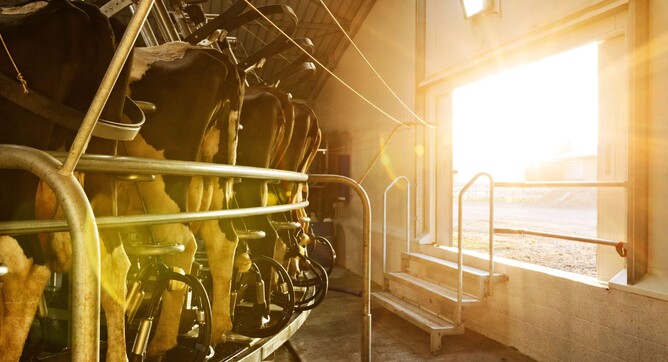Now we have a season under our belt, vets and farmers are starting to get a handle on what it means to develop and implement a wellbeing plan for a herd. So how do we keep the momentum and take it beyond compliance and take advantage of a must do for our benefit?
Stretched resources and fatigued make it extra challenging to navigate change. There are frustrations dealing with pressures to keep up with requirements and regulations. But when we get a chance to step back, analyse, and understand the why, then we can look for ways to create efficiencies.
As understanding develops of what Fonterra requires under the Co-operative Difference framework, the feeling of being overwhelmed is lessening. But the framework will continue to evolve as Fonterra responds to requests from its customers.
Areas will focus on transparency around animal care tailored to New Zealand’s unique farming practices. We need to work hard to showcase the good our farmers are doing and the positive lives of our production animals.
For everyone involved, especially vets and farmers, the process needs to be simple and efficient. Vets need the confidence and tools to have conversations to develop wellbeing plans. And it needs to be more than just compliance, how can we all take advantage of the opportunity and get the most out of it?
Efficient management
Using the wellbeing plan is a good basis for the seasonal relationship between the veterinary business and the dairy farm. It is an overview that highlights current performance and encourages improvement. The plan can then determine which activities should happen and when.
It also creates accountability, if we agreed to do something we can hold each other accountable and make it happen. And if we tried but didn’t get the results we were after, we can determine another tactic and keep a record of what has and hasn’t been working.
The topics covered also help bring the vet onto the same page as the farmer. It encourages conversations that vets generally might not get a chance to dive deeper into and helps them understand some of the motives or identify where they could add value with information and considerations.
Thorough discussion and data collection can also help identify areas a clinic can concentrate resources on. Perhaps there is a pressing issue surrounding lameness, or clinical mastitis and with limited time and resources, it can be hard to cover everything. Having information can help us identify where farmers are struggling the most and help focus efforts on those areas to get the best return.
Of course, any opportunity to proactively manage a herd helps the farming and veterinary business save time and money. If a conversation during the development of a wellbeing plan leads to preventing production loss or losing animals, the return on investment is significant.
While it can be challenging adapting to our changing landscape, we must appreciate the opportunities it offers too. Data is king and having clear information at your fingertips helps relationships between vets and farmers as well as the outcomes businesses are striving for.
WelFarm has developed a digital wellbeing plan template, which is kept up to date through continual conversations with Fonterra. Be sure to ask your vet about WelFarm.


